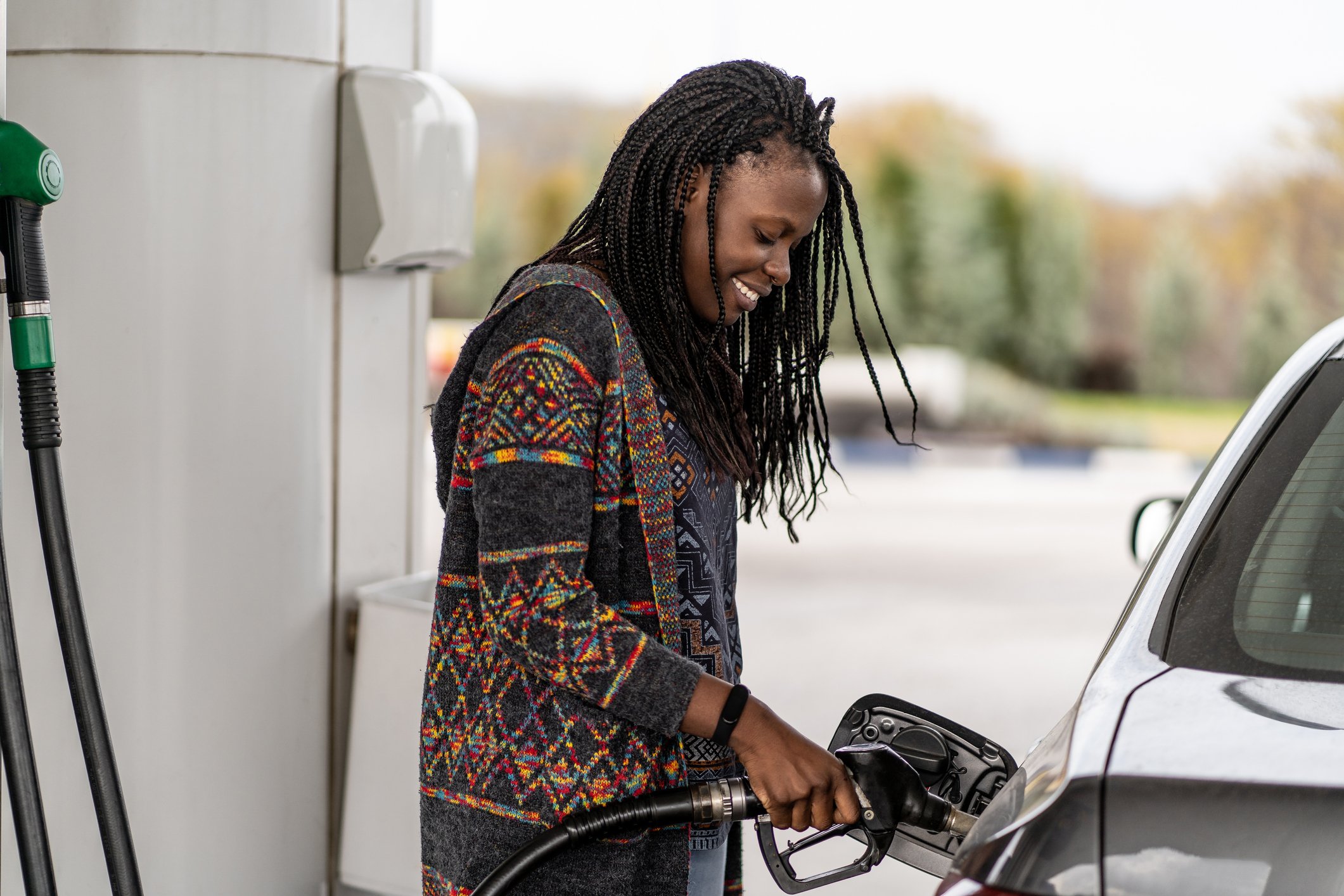Ever since Energy Transfer created Sunoco LP (SUN +1.12%) through various transactions back in 2014, the company has had several different strategic visions. First, it was a business that Energy Transfer would drop down and consolidate all its retail and fuel distribution assets into. Then it became a business focused on consolidating the fragmented retail filling station business through acquisitions and organic growth.
Neither of these strategic visions panned out, and now the company is trying to become one of the nation's largest wholesale distributors of fuel. Based on the company's most recent earnings results, it looks like management has found a business plan that could work over the long term. Let's take a look at Sunoco's most recent results and whether investors should consider this high-yield stock.
By the numbers
| Metric | Q3 2018 | Q2 2018 | Q3 2017 |
|---|---|---|---|
| Revenue | $4.76 billion | $4.51 billion | $2.55 billion |
| EBITDA | $211 million | $126 million | $217 million |
| Diluted EPS | $1.12 | $0.58 | $1.08 |
| Distributable cash flow | $124 million | $99 million | $125 million |
| Distribution coverage ratio | 1.44 | 1.24 | 1.28 |
DATA SOURCE: SUNOCO LP EARNINGS RELEASE. EPS = EARNINGS PER SHARE.
Selling wholesale fuel is and always will be a seasonal business in which the third quarter is historically the best time of the year. This was evident in this past quarterly report, as the company pulled in a healthy amount of distributable cash flow that was well above its payout. It's also worth noting that the company's payout looks much better this time around, because the company repurchased a significant amount of its own units as part of its deal to sell its convenience stores to 7-Eleven back in May of 2017. With fewer units outstanding, it requires less cash to fund its payout.
The upcoming fourth quarter is almost always weaker than the third, so it's entirely possible that cash flow will decline. So it's encouraging that the company's payout ratio is about 1.24 on an annualized basis, which means that there is some room for error in the coming quarter.
Another important part of the 7-Eleven deal was getting the company's unruly debt under control, and we saw the continued benefits of that deal this quarter, as the company's leverage ratio -- defined in its debt covenants as net debt to adjusted EBITDA -- fell to 4.27 times and is now below management's target of 4.5 times. With a much lower leverage ratio and a distribution coverage ratio that sufficiently covers its payout, it looks like the company can start to raise its payout again if it wants to.

Image source: Getty Images.
What management had to say
On Sunoco's conference call, CFO Tom Miller highlighted the progress management has made with getting its financial house in order, and
[T]he business performed extremely well this quarter with strong fundamentals, including healthy fuel margins and flat sequential operating expenses. These results drove leverage, as defined by our credit agreement, down to 4.27 times. This was down from last year's third-quarter result of 5.59 times.
Distributable cash flow as adjusted was $149 million, yielding a third-quarter coverage ratio of 1.73 times and 1.24 times on a trailing 12-month basis. Last year at this time, our trailing 12-month coverage ratio was 1.04. If you remove the one-time cash benefit of $25 million, our coverage for the quarter would have been 1.44 times and leverage would have been 4.44 times, an outstanding quarter no matter how you look at it.
On October 26, we declared a $0.8255 per unit distribution, the same as last quarter. We are confident in the sustainability of our distribution at this level. Over time, we will manage leverage within the target range of 4.5 times to 4.75 times and the distribution coverage ratio of at least 1.1 times.
Looking better, but can it last?
Sunoco's foray as a publicly traded partnership hasn't exactly been great thus far. The company's former plan to own and operate convenience stores across the country and support them with wholesale fuel distribution wasn't a bad plan on paper, but aggressive growth plans and a cavalier approach to debt put the company in a dire financial situation that forced it to make that transformational sale last year.
It appears that so far, this 7-Eleven sale and the decision to be a pure-play fuel distributor are working out. While operations are steady, the more important thing is that it has a much more manageable debt load, and it has enough cash to support its current payout.
The one thing that investors should be nervous about is that management could go right back to making aggressive acquisitions. If management can prove to be capable of growing the business without compromising its financials, then it may be worth considering. However, it will take some time for management to gain back investors' trust.




